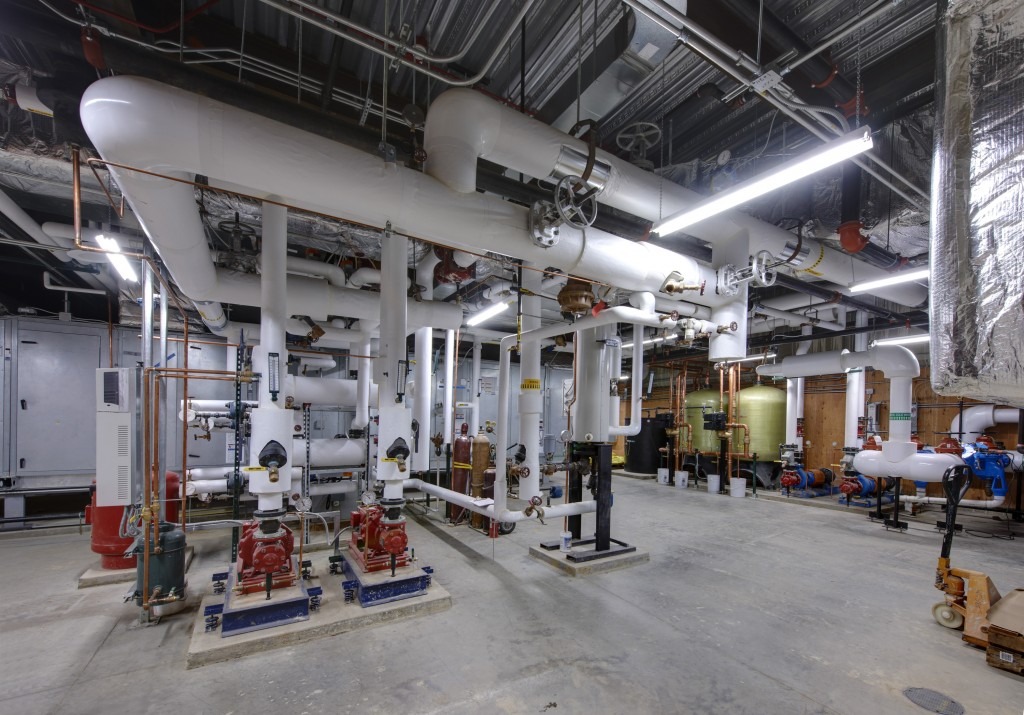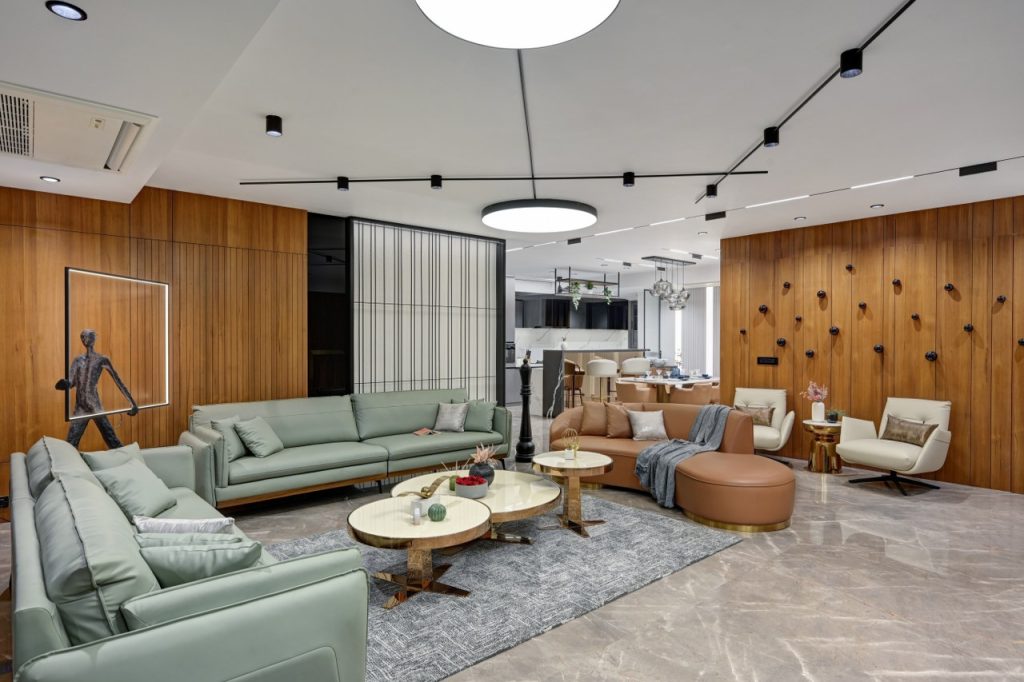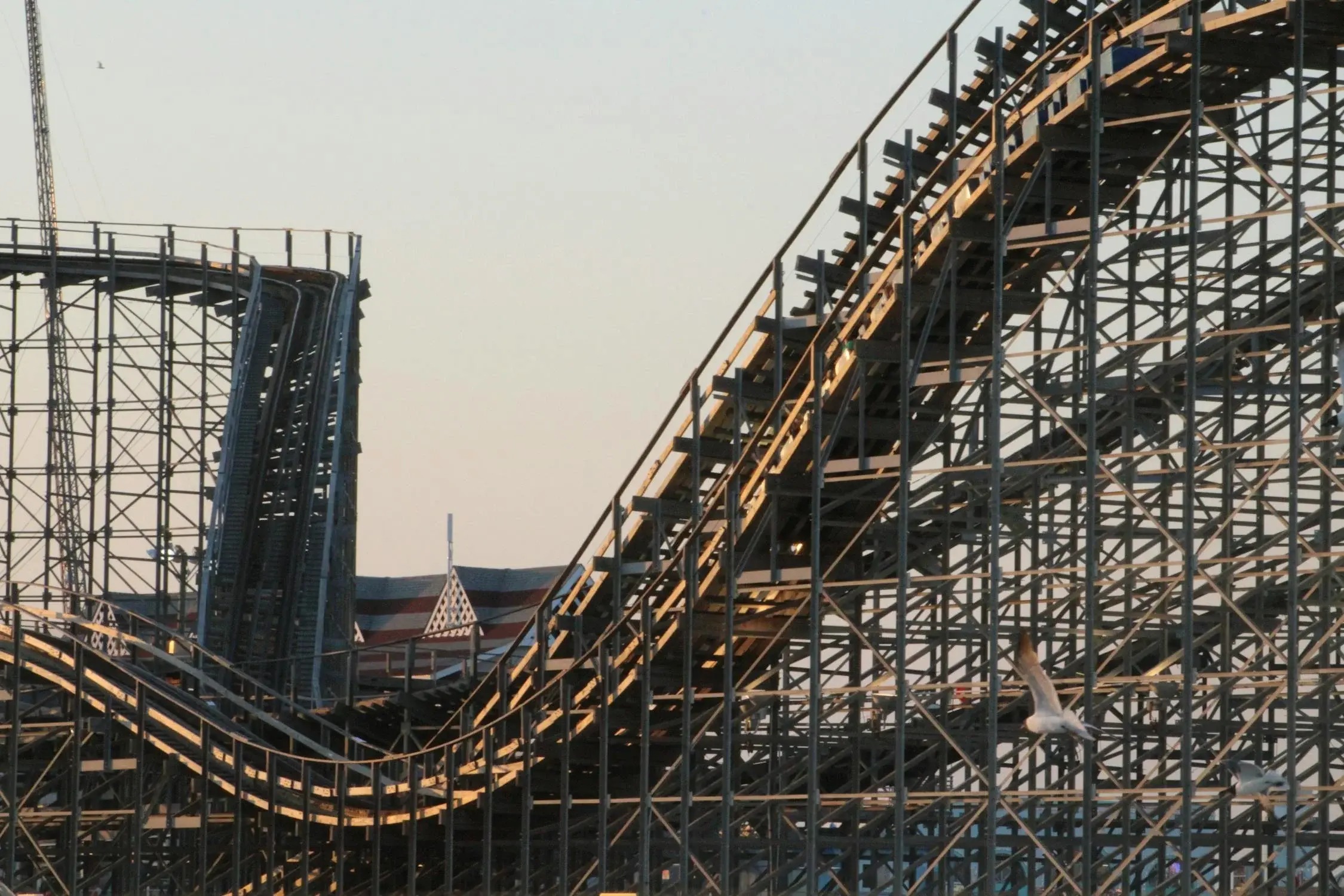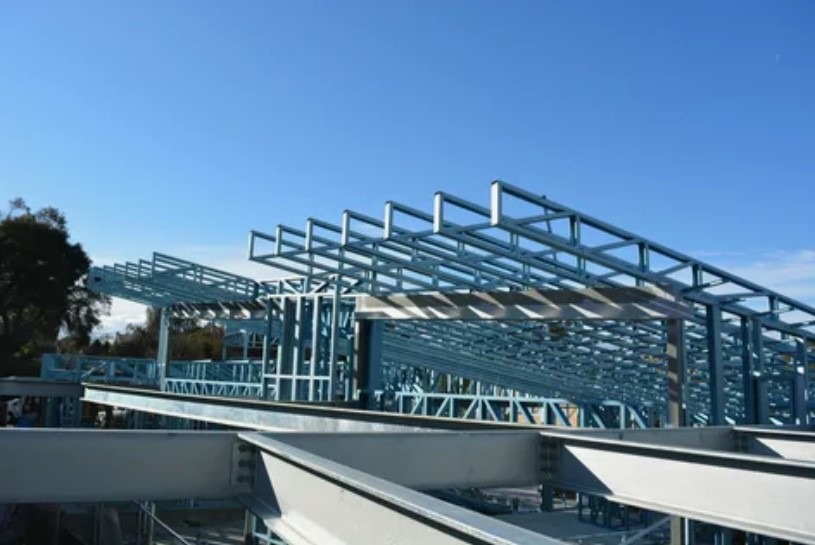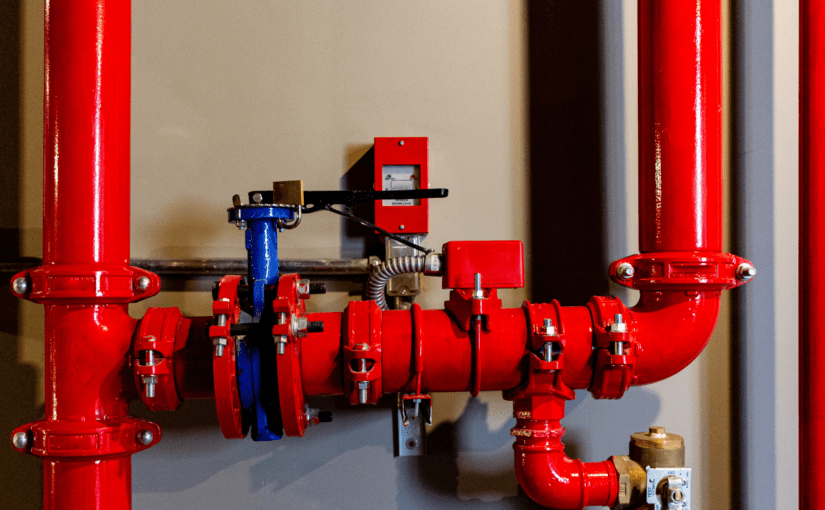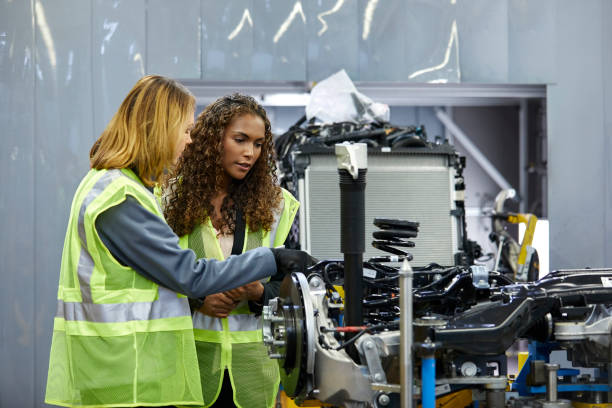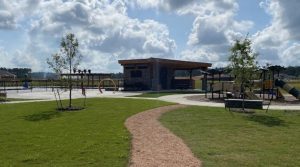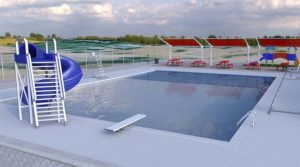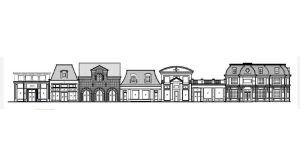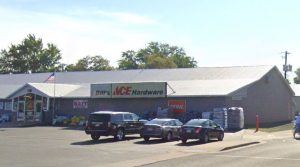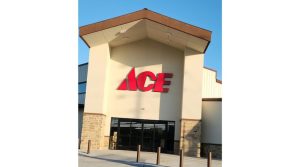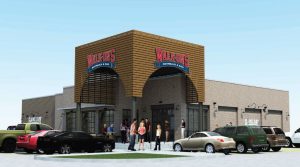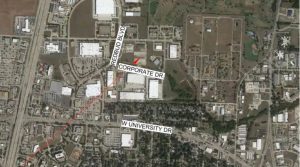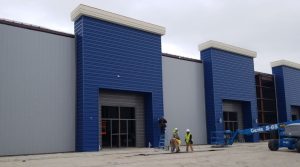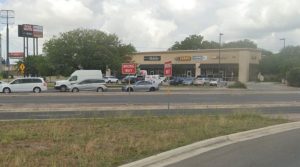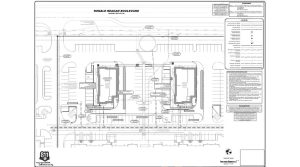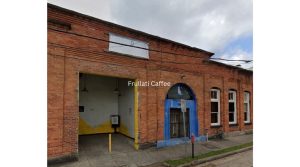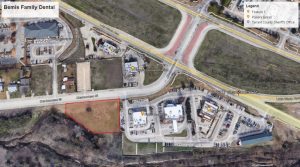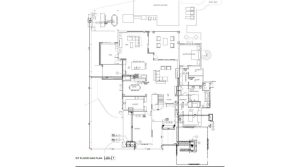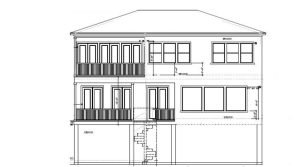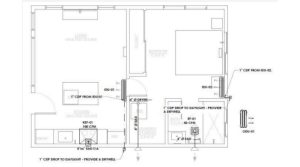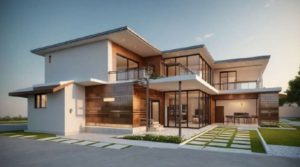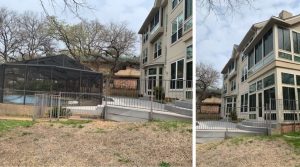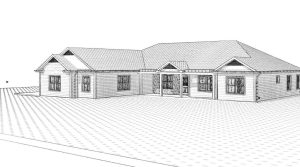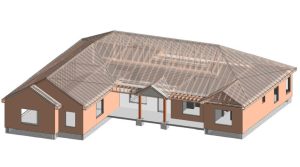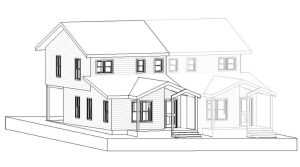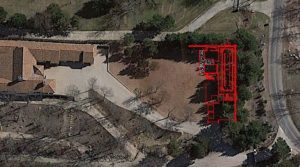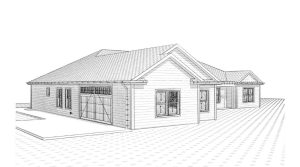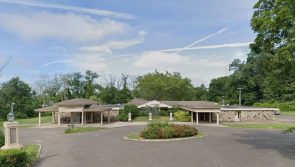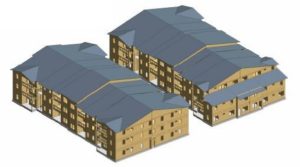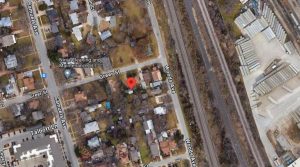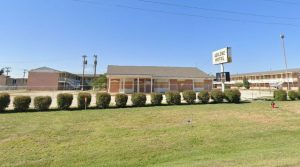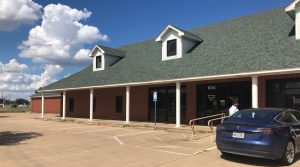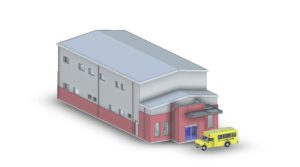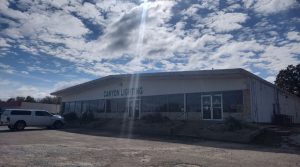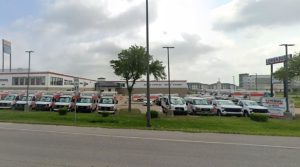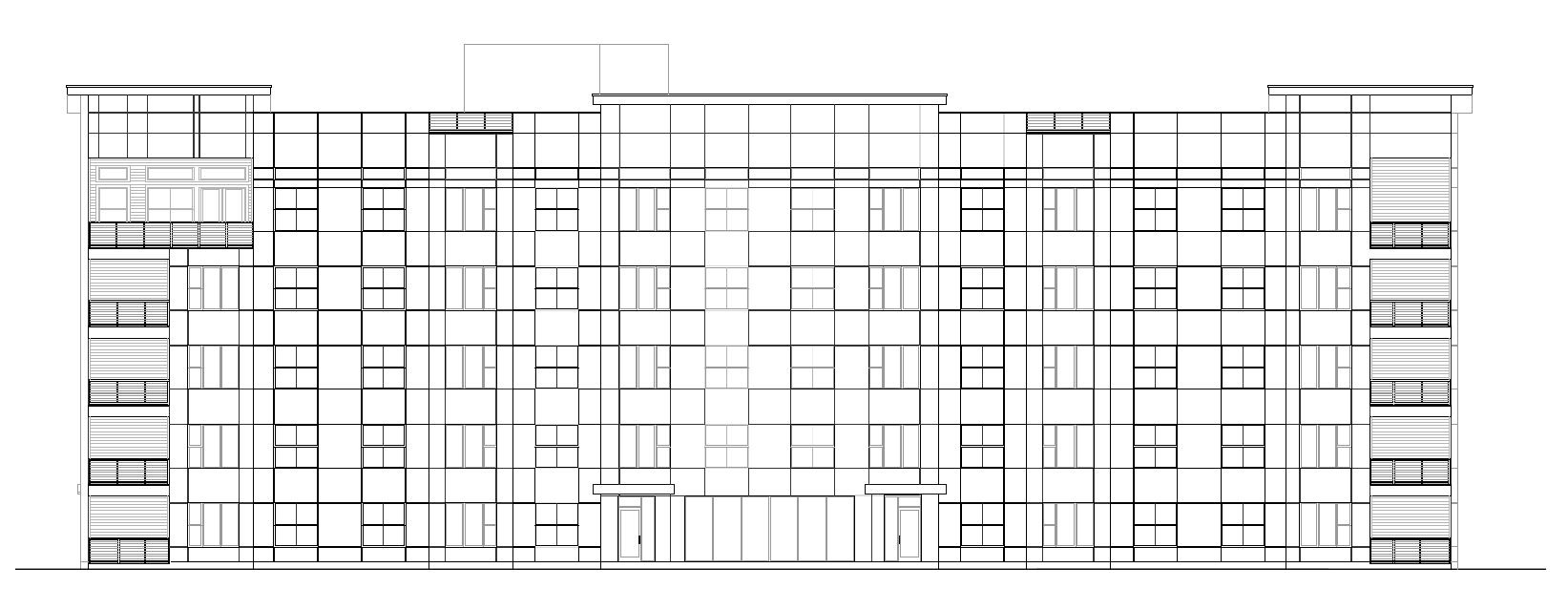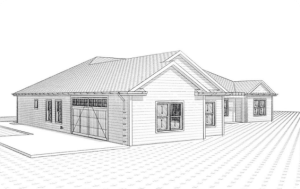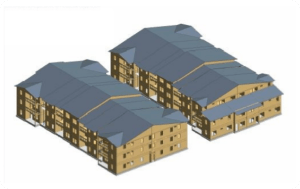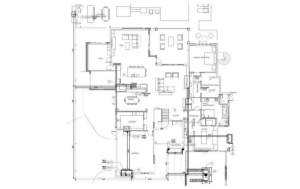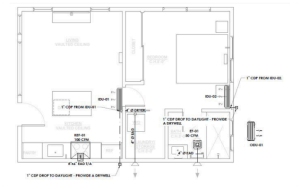How Much Do MEP Engineering Design Services Cost in 2025?
Introduction
In today’s rapidly evolving construction landscape, Mechanical, Electrical, and Plumbing (MEP) systems are more than just functional necessities they’re critical components for building safety, efficiency, and sustainability. MEP engineering design services ensure that these systems work harmoniously within any structure, from residential homes to towering commercial complexes.
As we enter 2025, the costs of hiring an MEP engineering company are influenced by market shifts, inflation, technological advances, and regulatory updates. If you’re planning a construction or renovation project this year, knowing what to expect in terms of MEP costs is essential. This guide breaks down average pricing, key cost drivers, and how to get the best value from your MEP engineering design services.
What Are MEP Engineering Design Services?
MEP engineering design services involve planning, calculating, and coordinating a building’s mechanical (HVAC), electrical, and plumbing systems. These services are vital for creating energy-efficient, code-compliant, and comfortable environments.
An experienced MEP engineering company typically provides:
HVAC design and load calculations
Electrical system layouts, power distribution, and lighting plans
Plumbing design for water supply, drainage, and fire protection
Energy modeling and sustainability assessments
BIM (Building Information Modeling) integration and clash detection
Average Cost of MEP Engineering Design Services in 2025
MEP design pricing depends on multiple factors building type, scope, technology, and more. Here’s what you can expect for 2025:
- Cost as a Percentage of Construction Budget
- Residential Projects: 4% to 7%
- Commercial Projects: 3% to 6%
- Institutional/Industrial Projects: 5% to 10%
- Cost Per Square Foot
- Standard Services: $2 to $6 per sq. ft.
- High-Performance or LEED Projects: $6 to $15 per sq. ft.
- Hourly Billing Rates
- Junior Engineer: $75–$125/hour
- Senior Engineer: $150–$250/hour
- Principal Engineer or Consultant: $200–$300/hour
Key Factors That Influence MEP Design Costs
- Project Complexity
- Designing MEP systems for hospitals, data centers, or laboratories requires greater precision, coordination, and specialty knowledge, raising costs.
- Building Size and Type
- Larger facilities naturally involve more extensive MEP layouts and load demands. Unusual or bespoke architecture also impacts pricing.
- Regional Codes and Climate
- Local building codes, environmental regulations, and climate zones affect design. For example, buildings in hurricane or seismic zones require additional safety considerations.
- BIM and Technology Requirements
- Many projects in 2025 require full BIM modeling and coordination with architects and other consultants. This adds value but also raises labor and software costs.
- Energy and Sustainability Goals
- If your project aims for LEED, WELL, or other green certifications, expect higher costs due to complex simulations, energy modeling, and additional documentation.
How MEP Engineering Companies Structure Pricing
Depending on the project and client needs, an MEP engineering company may offer:
Fixed Fee – Based on project scope, often used in competitive bids.
Hourly Billing – Best for consultations, change orders, or small-scale projects.
Cost Per Square Foot – Useful for predictable scopes like office buildings.
Phased Billing – Payment tied to project milestones (e.g., concept design, CDs, CA
phase).
How to Get a Precise MEP Design Quote in 2025
To receive an accurate and competitive estimate, prepare the following for your MEP engineering company:
Architectural plans or preliminary designs
Project goals, certifications (if any), and mechanical loads
Site information and utility constraints
Budget and timeline expectations
The more detailed your RFP, the more precise your quote.
Tips to Save on MEP Engineering Design Services
Engage Early: Involving MEP engineers from the start prevents costly redesigns and change orders.
Bundle Services: Hire one MEP firm for all disciplines to streamline communication and potentially reduce costs.
Invest in BIM: Though more expensive upfront, coordinated BIM modeling prevents on-site conflicts and reduces RFIs.
Prioritize Experience: A highly experienced MEP engineering company can reduce construction time, errors, and future maintenance issues.
Avoid Overdesign: Designs that overspec systems result in higher install and operating costs. Ensure your engineer right-sizes every component.
Trends Driving MEP Design Costs in 2025
- Smart Buildings
- With more clients requesting IoT integrations—such as sensor-controlled HVAC and lighting MEP designs are becoming more sophisticated and time-consuming.
- Green Mandates
- Governments continue to push for decarbonization. Engineers must meet stricter energy codes, adding to design workload and documentation.
- Modular and Prefabricated Systems
- MEP firms are increasingly involved in prefabricated systems, which can reduce install costs but require additional coordination upfront.
- AI and Automation Tools
- While AI-based load calculators and energy simulators are improving productivity, these tools still require oversight especially on complex projects.
Conclusion
As construction standards evolve and sustainability becomes a core priority, the cost of MEP engineering design services continues to reflect these changes. In 2025, building owners and developers must budget more strategically, especially for projects involving smart systems or LEED goals.
Working with a trusted MEP engineering company ensures your systems are efficient, compliant, and cost-effective. Before hiring, compare quotes, review portfolios, and confirm that the firm uses up-to-date tools like BIM and energy modeling. Ultimately, investing in quality design pays off in long-term performance and lower operational costs.
Looking to start your next project? Reach out to a qualified MEP engineering firm today for a tailored estimate and expert guidance.
